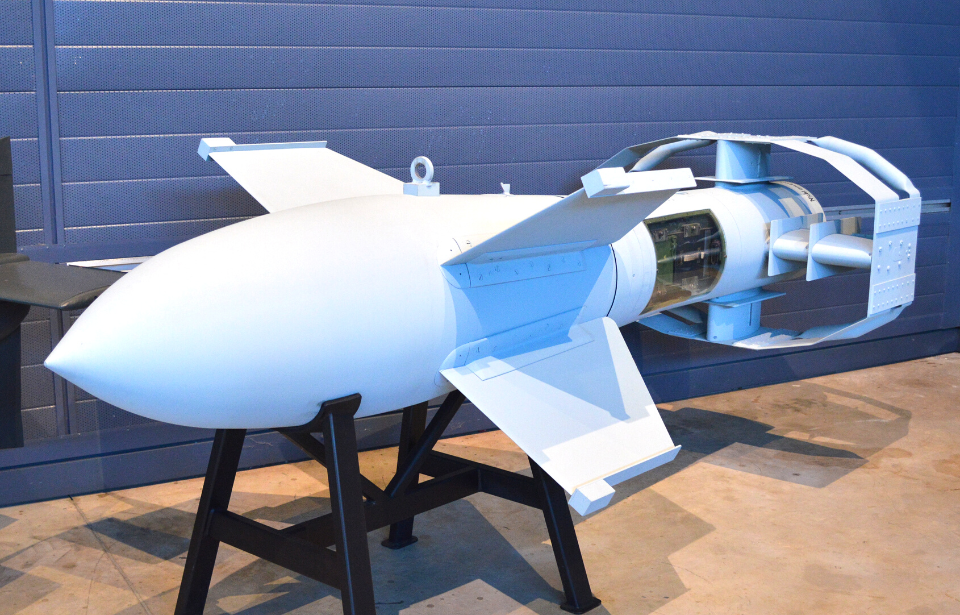The Fritz X, also referred to as the Ruhrstahl SD 1400 X, the PC 1400X, the Kramer X-1, and the FX 1400, represented a big advancement in German anti-ship missile technology. Originally intended to pierce armor, it underwent many enhancements to boost its effectiveness and accuracy, resulting in notable successes upon its introduction.
Modified PC 1400
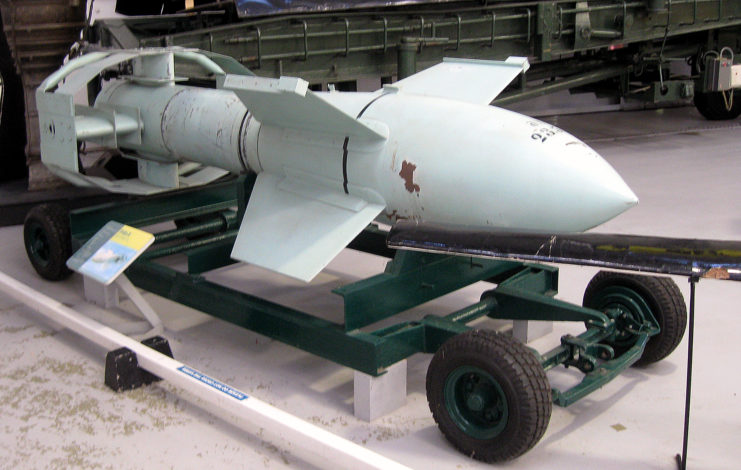
Conceived by Max Kramer and manufactured by Ruhrstahl AG, the Fritz X came from the PC 1400 (1,400 kg) bomb. Weighing 3,450 pounds, it had a formidable 710-pound warhead that was capable of penetrating up to 28 inches of armor when deployed between 18,000 and 20,000 feet.
In 1940, various iterations were made to ascertain the optimal design. The X-2, engineered for higher speeds and equipped with an infrared homing device, saw its development halted, with only a single unit produced. Conversely, the X-3,which was larger and heavier in comparison, boasted impressive speeds of up to 900 MPH. Nonetheless, the X-1 emerged as the preferred choice, due to its streamlined operation and developmental simplicity.
By 1941, the Luftwaffe began rigorous testing of the missile. Two years later, the project advanced to the manufacturing phase.
Fritz X specs
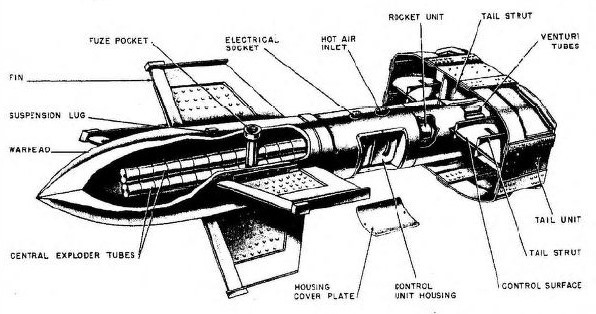
The Fritz X featured cutting-edge aerodynamics and was outfitted with the Kehl-Strasbourg joystick radio-command system. Its design included an extended tail composed of a 12-sided frame with four sleek fins, two of which were longer and equipped with spoilers. Stability was maintained by two gyros, while a pair of asymmetric cruciform wings were positioned at the front.
These missiles were deployed from Dornier Do 217K-2 and Heinkel He 177A Greif aircraft, with bombardiers using tail flares for guidance. The radio-controlled spoilers allowed the Fritz X to carry out targeted maneuvers with remarkable accuracy, as long as there was no disruption from Allied radio jamming.
Success in the Mediterranean Theater
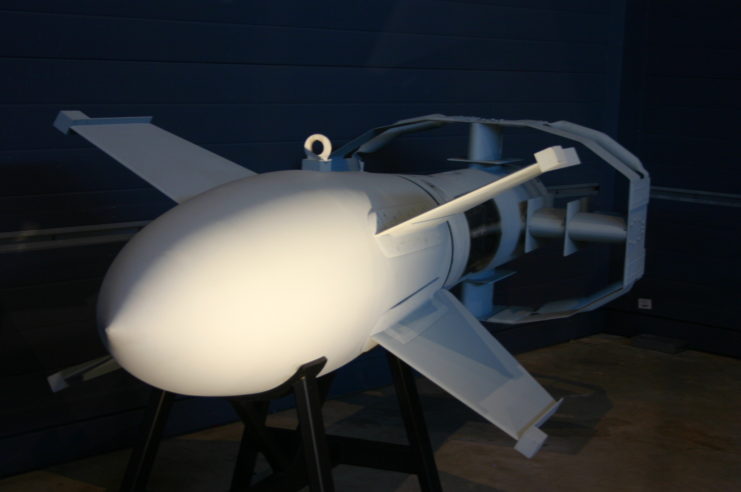
The Fritz X made its debut in combat on July 21, 1943, during a raid on the Port of Augusta in Sicily. At that time, no confirmed hits were reported, and the Allies remained largely unaware of the Germans’ use of radio-guided missiles. However, the Fritz X achieved its most notable success in a subsequent attack on the Italian fleet in September 1943.
Following the arrest of Benito Mussolini, the Italian government entered into negotiations with the Allies. On September 8, the Supreme Allied Command in Europe announced the signing of an armistice. A plan was devised to transfer the Italian naval fleet to Allied ports in Tunisia and Malta. However, the Germans quickly caught wind of the plan and devised their own strategy to intercept the convoy, aiming to prevent the ships from reaching their intended destinations.
Sinking of Roma (1940)
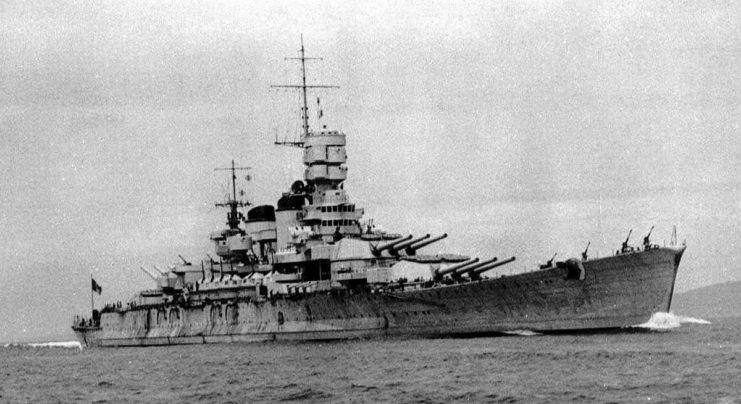
A squadron consisting of three battleships – Roma (1940), Vittorio Veneto and Italia (1943) – accompanied by six cruisers and eight destroyers, navigated the western coastline of Corsica, making their way toward Sardinia and Tunisia. At midday, six Do 217K-2 aircraft from Gruppe III of Kampfgeschwader 100 Wiking approached the fleet, each carrying a single Fritz X missile.
The most significant success was the sinking of the Italian flagship Roma. A Fritz X missile pierced the battleship’s starboard side, detonating beneath her keel. The resulting explosion inflicted severe damage, flooding Roma‘s boiler and engine rooms while disabling two of her four propeller shafts. This reduction in speed and a series of electrical fires further compounded the crisis.
Fritz X missiles sink the HMS Spartan (95) and others
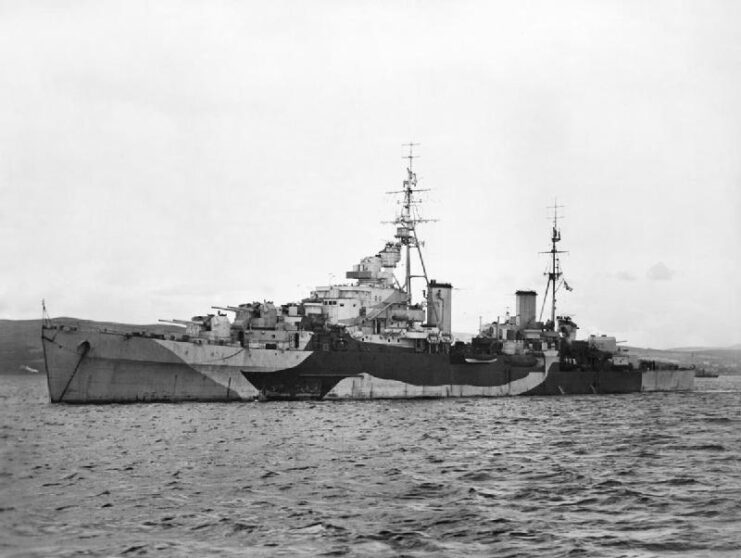
Merely seven minutes later, another Fritz X found its mark on Roma, this time exploding in her forward engine room and causing a catastrophic magazine detonation. The intensity of the blast claimed the lives of Vice Adm. Carlo Bergamini, the ship’s captain, and 1,393 crew members. Within 30 minutes of the initial strike, Roma split in two and capsized.
In the days following these events, Luftwaffe pilots continued to employ Fritz X missiles, sinking the British cruiser HMS Spartan (95) and destroyer Janus (F53), along with several merchant vessels in the vicinity. They also inflicted substantial damage on the British warship HMS Warspite (03) and cruiser Uganda (66), as well as the American light cruisers USS Philadelphia (CL-41) and Savannah (CL-42).
The Fritz X made German aircraft vulnerable
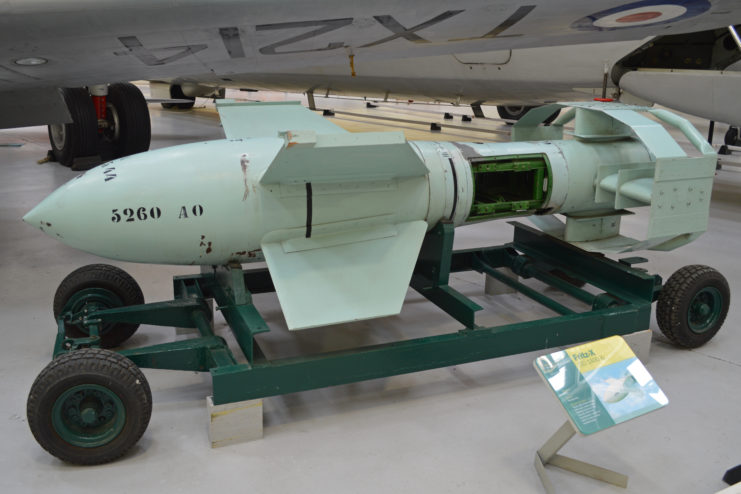
While the Fritz X displayed early promise, its limitations were apparent. Firstly, bombers had to maintain a straight and level flight path while carrying the missile. They then had to promptly decelerate after releasing the bombs, as visual guidance was essential for the bombardiers.
Aircraft equipped with the Fritz X soon found themselves vulnerable, a weakness swiftly recognized and exploited by the Allies.
The most successful defense against German aircraft carrying the Fritz X proved to be fighters, thwarting their ability to maintain slow and steady flight. Additionally, the Allies discovered that generating smoke was effective, obscuring the missiles and complicating guidance for the bombardiers. Moreover, the Allies rapidly deployed electronic countermeasures to disrupt the radio signals, exacerbating the challenges faced by the German forces.
The missile failed to meet the Luftwaffe’s expectations
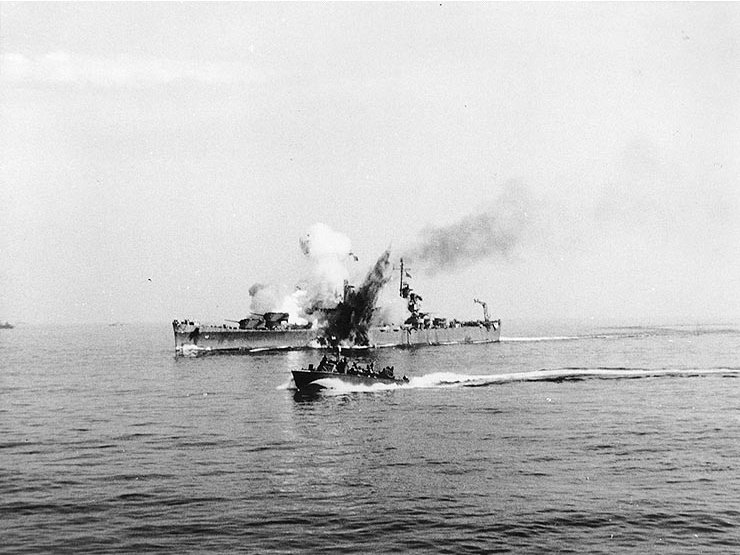
More from us: The German V-1 ‘Buzz Bomb’ Was Developed to Terrorize the British Public
Originally, the plan aimed to manufacture 750 Fritz X missiles monthly. However, from April 1943 until the program’s conclusion in December of the following year, only 1,386 were produced, with 602 allocated for training and testing purposes. Moreover, the missiles failed to meet the Luftwaffe‘s expectations for accuracy, striking their targets merely around 20 percent of the time.
Despite its shortcomings, the Fritz X served as a precursor to the development of future spoiler-controlled missiles.
